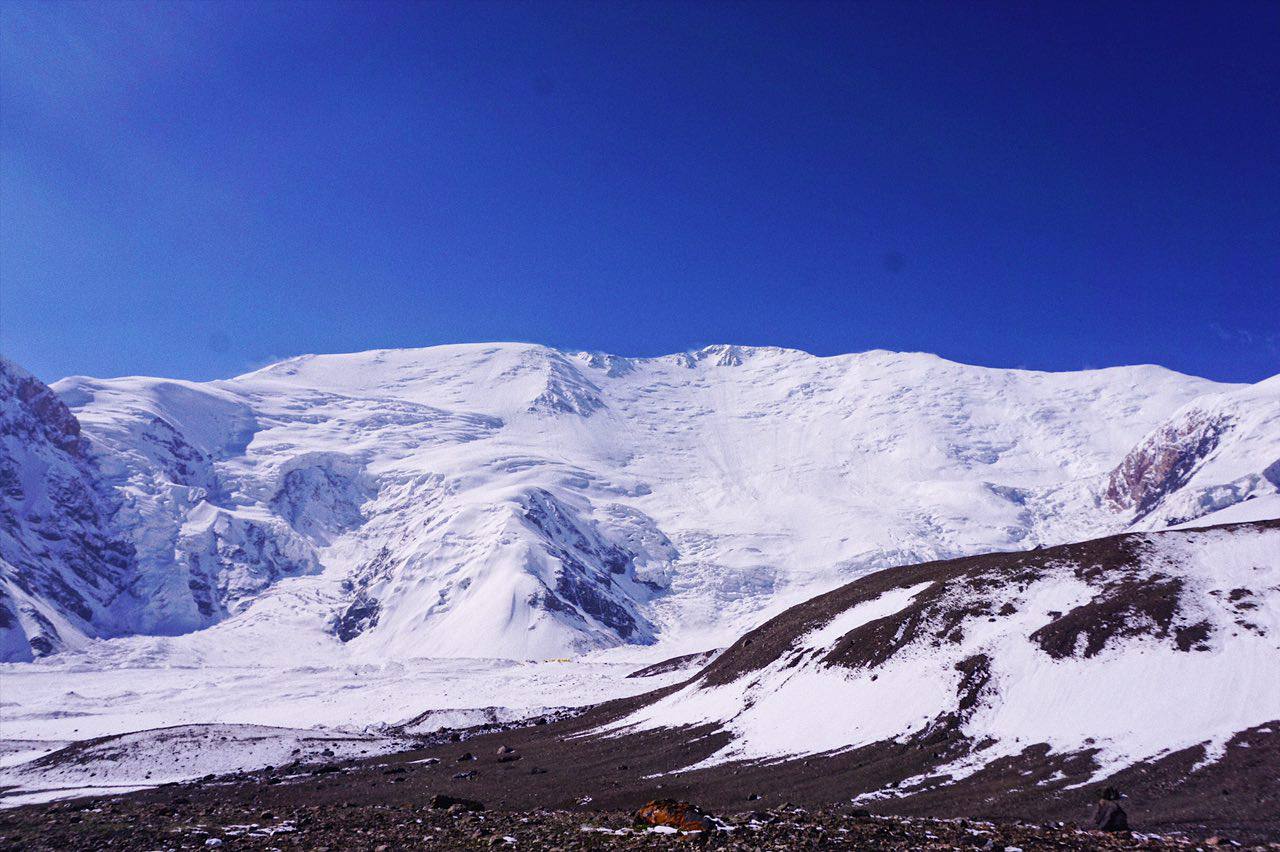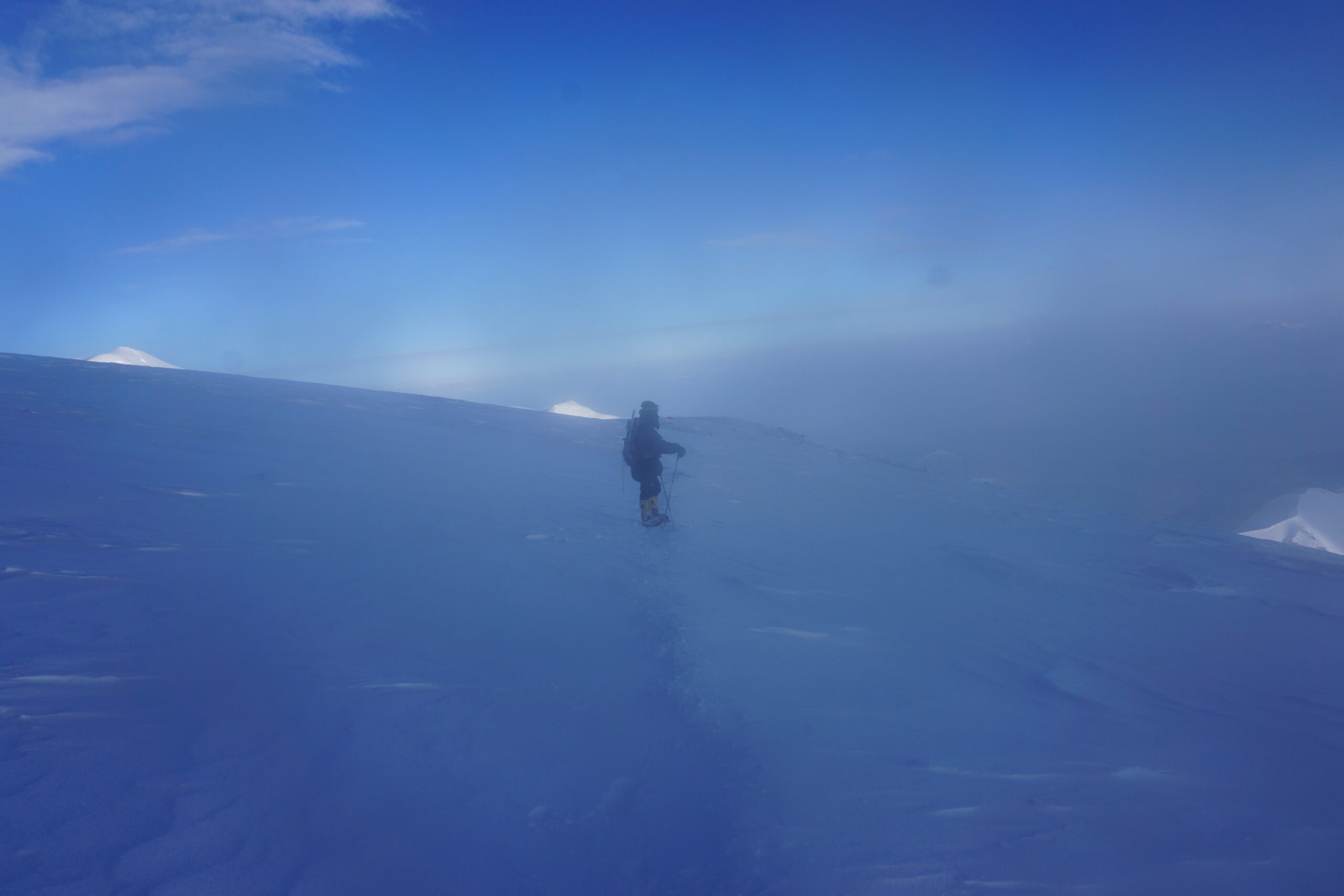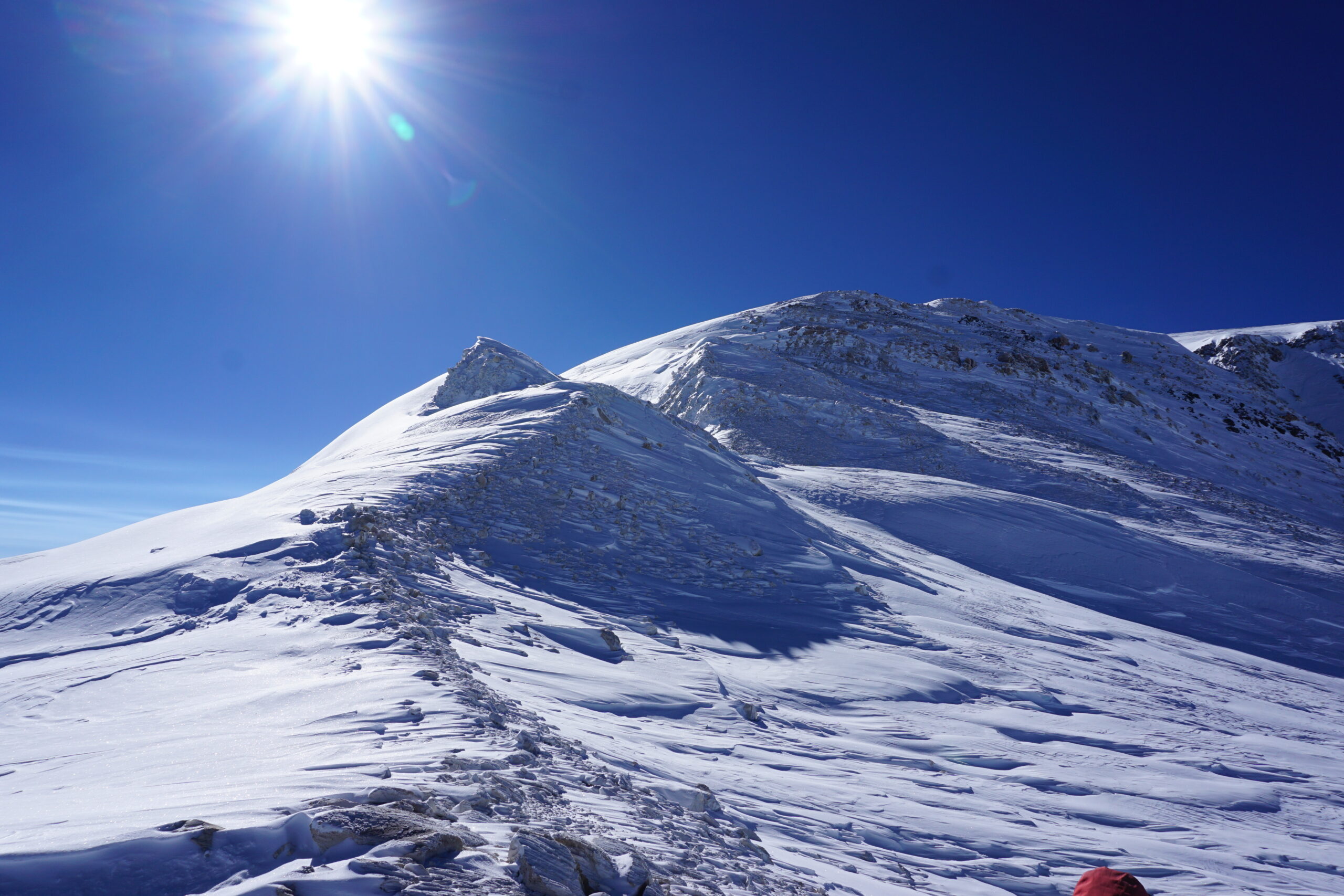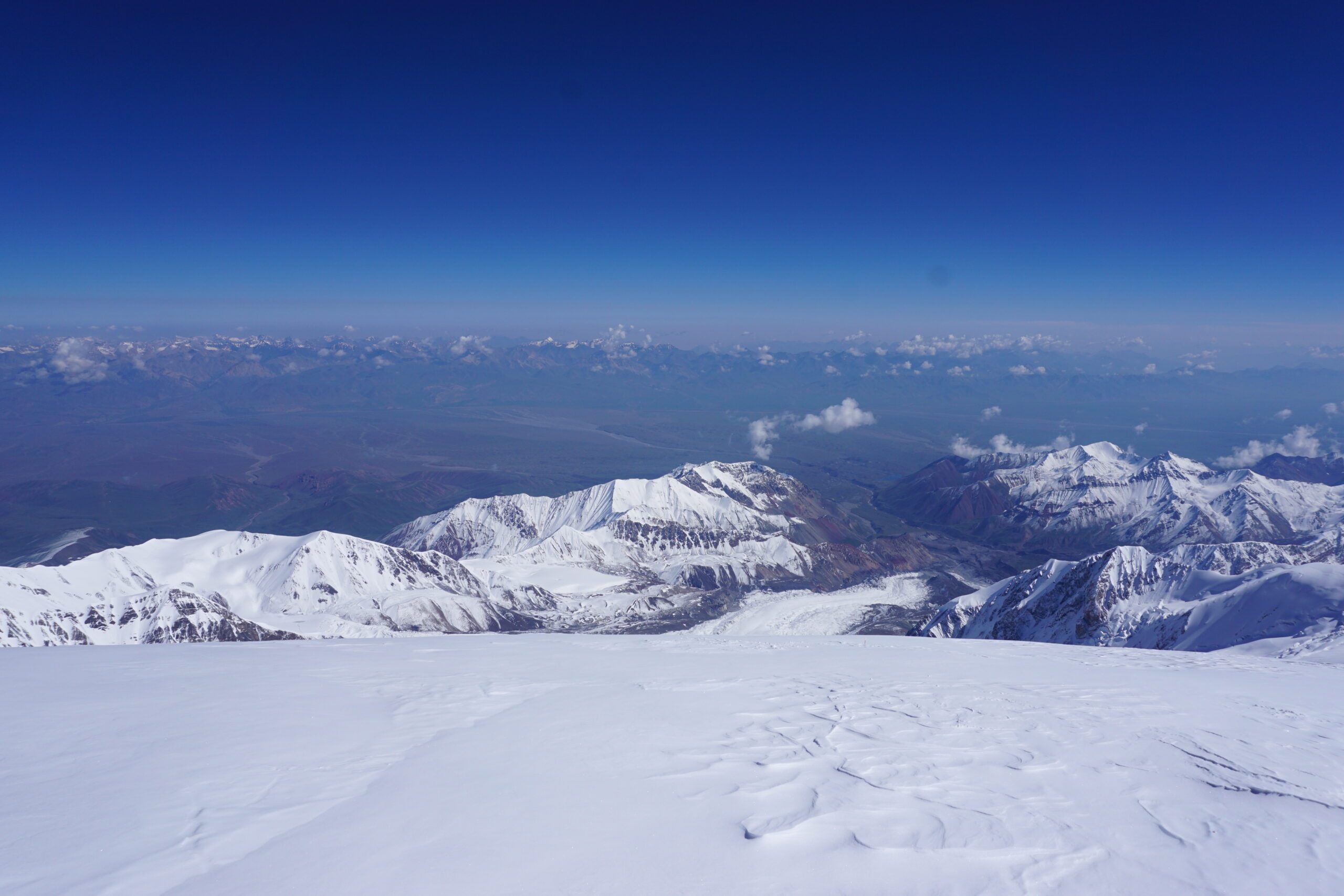Lenin Peak (7,134m / 23,406 ft) is one of the most popular and accessible 7,000-meter peaks in the world. Located in the Pamir Mountains on the border between Kyrgyzstan and Tajikistan, it is the third-highest peak in the former Soviet Union, after Pobeda Peak (7,439m) and Khan Tengri (7,010m).
Key Facts About Lenin Peak:
- Location: Pamir Mountains, Kyrgyzstan/Tajikistan border
- Coordinates: 39°20′39″N 72°52′48″E
- First Ascent: 1928 (German-Soviet Expedition)
- Climbing Season: June – September
- Climate: Harsh alpine conditions, with high winds and temperatures dropping below -30°C (-22°F) near the summit
Brief History of Lenin Peak Climbing
Discovery and Naming
- Originally named Kaufmann Peak after Konstantin Kaufmann, a Russian general who played a role in the expansion into Central Asia.
- Renamed Lenin Peak in 1928 in honor of Vladimir Lenin, the Soviet leader.
- In 2006, Tajikistan renamed their side of the mountain Independence Peak, but the name Lenin Peak remains widely used.
First Ascent (1928)
- The first successful ascent was made in 1928 by a German-Soviet team led by Karl Wien, Eugene Allwein, and Erwin Schneider.
- The team used a southern route from the Tajikistan side, considered more challenging than today’s standard northern route.
Climbing Popularity and Soviet Era (1930s–1991)
- Became a key training ground for Soviet alpinists.
- Lenin Peak was one of the “Snow Leopard Peaks”, a challenge awarded to climbers summiting all five 7,000m+ peaks in the former Soviet Union.
- Thousands of climbers attempted the peak due to its non-technical ascent and relatively easy access compared to other high-altitude summits.
Modern Era & Challenges (1991–Present)
- After the collapse of the Soviet Union, Lenin Peak became a top destination for international climbers.
- The most commonly used route today is the Northern Route from Kyrgyzstan, starting from the Achik-Tash Base Camp (3,600m).
- Despite being considered one of the easiest 7,000m peaks, it remains dangerous due to avalanches, extreme weather, and altitude sickness.
- Tragic incidents, such as the 1990 avalanche that killed 43 climbers at Camp 2, highlight the need for careful preparation and risk management.
Why Lenin Peak is Popular for Climbers?
✔ One of the easiest 7,000m peaks to climb (not requiring advanced technical skills).
✔ Well-established base camps and logistics make the climb more accessible.
✔ Ideal training peak for those preparing for 8,000m expeditions (Everest, K2, etc.).
✔ Stunning landscapes of the Pamir Mountains, offering an unforgettable experience.Would you like a timeline of historical ascents or additional details on notable climbs and records? 🚀
Day-by-Day Itinerary
Day 1: Arrival in Bishkek → Flight to Osh (1,000m) → Hotel
- Rest and preparation for the expedition.
Day 2: Osh (1,000 m) 3,280 ft → Drive to Base Camp (3,600 m) 11,800 ft
- Gear check, team briefing.
Day 3: Acclimatization Climb to (4,000 m) 13,120 ft → Return to Base Camp
- Easy trek to gain altitude and prepare for ascent.
Day 4: Move to Camp 1 (4,400 m) 14,440 ft
- Trek via Puteshestvennikov Pass with breathtaking mountain views.
Day 5: Climb to Peak Yukhin (5,100 m) 16,800 ft → Return to Camp 1
- Additional acclimatization hike to prepare for higher altitudes.
Day 6: Rest Day at Base Camp (Weather-Dependent)
- Extra acclimatization and weather contingency.
Day 7: Move to Camp 2 (5,300 m) 17,400 ft → Overnight Stay
- Glacier travel with gradual ascent.
Day 8: Move to Camp 3 (6,100 m) 20,013 ft → Overnight Stay
- Final preparation before summit push.
Day 9: Return to Base Camp (3,600m) 11,800 ft
- Descent to lower altitude for full-body recovery.
Day 10: Rest Day at Base Camp (Weather-Dependent)
- Extra acclimatization and weather contingency.
Day 11: Move to Camp 1 (4,400 m) 14,440 ft
- Second climb rotation, preparing for the summit attempt.
Day 12: Move to Camp 2 (5,300 m) 17,400 ft
- Positioning for final summit push.
Day 13: Move to Camp 3 (6,100 m) 20,013 ft
- Overnight stay before the big ascent.
Day 14: Summit Attempt (7,134 m) 23,405 ft → Descend to Camp 3 (6,100 m) 20,013 ft
- Early morning summit push and breathtaking views from the top.
- Careful descent to Camp 3 for rest.
Day 15: Descent to Base Camp (3,600 m) 11,800 ft
- Full descent to recover and celebrate the summit.
Day 16: Rest Day at Base Camp (Weather Buffer)
- Recovery before departure.
Day 17: Pack and Prepare for Departure → Drive to Osh
- Scenic drive back to civilization.
Day 18: Flight to Bishkek
Day 19: Flight Home
- Say farewell to Kyrgyzstan and return home with unforgettable memories.
Lenin Peak is considered one of the most accessible 7,000m peaks, making it a great choice for climbers looking to progress to extreme altitudes. While the climb is not highly technical, it requires strong endurance, proper acclimatization, and good weather conditions.
Key Route Details:
- Base Camp (3,600 m) 11,800 ft: Located in the lush Achik-Tash Valley, serving as the starting point for the expedition.
- Camp 1 (4,400 m) 14,440 ft: Reached via the Puteshestvennikov Pass, with moderate hiking and some glacier travel.
- Camp 2 (5,300 m) 17,400 ft: Accessed via a wide glacier route with occasional crevasses; roped travel required.
- Camp 3 (6,100 m) 20,013 ft: Situated below the summit ridge, featuring steeper ice slopes and strong winds.
- Summit Day (7,134 m) 23405 ft: A long ascent on snow and ice, with an exposed ridge leading to the top, offering spectacular views over the Pamirs.
Climbing Strategy:
- The itinerary follows a climb high, sleep low acclimatization strategy for better adaptation.
- Several rotations between camps help build endurance and prepare for the summit push.
- A weather-dependent summit window ensures a safe ascent and descent.
- Fixed ropes are placed in key technical sections, and climbers will be roped together in glacier zones.
INCLUDES:
GROUP GEAR
- Rope, Slings, Snow Protection: High-quality ropes and slings, along with snow protection devices, to secure and protect climbers during ascents and descents.
- Cooking Stove and Pots: Lightweight camp stove with durable pots for preparing hot meals and drinks in cold conditions. Fuel provided as needed.
EXCLUDES:
PERSONAL GEAR:
Backpacks
- Main Backpack (55L+) – Comfortable, spacious, with a good suspension system and protective rain cover.
- Summit Backpack (22-28L) – Lightweight and compact for the summit push.
- Sled Duffel Bag (80-120L) – For carrying gear on the way to Base Camp.
Trekking & Climbing Gear
- Trekking Poles – Adjustable with comfortable grips.
- 4 Carabiners with Locking Mechanism (Munter-style, pear-shaped) – For belaying and rappelling.
- 2 Non-locking Carabiners – For quick gear attachment.
- 120 cm Sling (Nylon/Dyneema) – Versatile sling for various uses.
- Climbing Helmet – Lightweight, comfortable, and ventilated.
- Climbing Harness – Adjustable for long periods of wear.
- Crampons – Technical, compatible with boots.
- Ice Axe – Classic design, with a leash to secure your hand..
Sleeping and Comfort
- Sleeping Bag (-20/-30°C) – High-altitude, down or synthetic.
- Foam Sleeping Pad – For insulation.
- Inflatable Sleeping Pad – For added comfort.
- Ear Plugs – For sleeping in noisy environments.
- Sleep Mask – Considering long daylight hours.
- Inflatable Pillow – Compact, for comfort (optional).
- Foam Sit Pad – For sitting on cold surfaces.
Food and Hydration
- Nalgene Water Bottles (2 x 1L) – Freeze-resistant.
- Lightweight Insulated Mug – For drinks.
- Spork (Spoon/Fork) – Lightweight and durable.
- Thermos (1L) – For warm beverages.
- Bowl – For meals.
Personal Items and Hygiene
- Sunscreen (SPF 50+)
- Lip Balm (with SPF)
- Headlamp + Spare Batteries
- Small Folding Knife or Multi-tool
- Waterproof Lighter/Matches
- Garmin InReach Mini (optional)
- Mini First Aid Kit – Personal medications, blister patches, etc.
- Sunglasses (Category 4 UV Protection)
- Glasses or Contact Lenses (if applicable)
- Ski Goggles – Wind and snow protection.
- Watch with Altimeter and GPS (optional)
- Smartphone + Charging Cable
- Power Bank
- Offline Maps (Gaia GPS, CalTopo loaded on smartphone)
- Pee Bottle (1x)
Toiletries
- Toothbrush and Toothpaste (mini)
- Dental Floss
- Soap (biodegradable, compact)
- Travel Towel
- Vitamins (optional)
- Hand Sanitizer
- Toilet Paper
Clothing and Footwear
Base Layers
- Short Underwear – Quantity as desired.
- Lightweight Long Underwear (2x) – Breathable, moisture-wicking base layer.
- Midweight Long Underwear (2x) – For extra warmth in cold conditions..
Mid Layers
- Mid-Layer Fleece (2x) – Insulating layer.
- Softshell with Hood (2x) – Insulating layer with hood.
- Additional Insulation Jacket – Thin down or synthetic layer for extra warmth.
Outer Layers
- Alpine Climbing Pants (1x) – Durable, flexible for movement.
- Rain/Gore-Tex Shell Pants (1x) – Windproof and waterproof.
- Rain/Gore-Tex Shell Jacket (1x) – Protection from wind and precipitation.
- Down/Synthetic Pants (1x) – Insulated pants for extreme cold in camp.
- Down Parka with Hood (2x) – Expedition-grade down jacket for extreme cold.
Headwear
- Winter Hat (1x) – Warm hat.
- Ball Cap (1x) – For sun protection.
- Buff (2x) – For face and neck protection.
- Balaclava (1x) – Full-face protection.
Handwear
- Light Gloves (2x) – Lightweight gloves.
- Glove Liners (1x) – Thin gloves for layering with other gloves.
- Heavy Gloves (1x) – Warm gloves for cold conditions.
- Mittens (2x) – Thick mittens for extreme cold.
Footwear
- Technical Boots (Double, Crampon-compatible) – High-altitude boots for 8000m.
- Technical Boots (Single, Fit for Crampon): Insulated and waterproof, designed for mountaineering.
- Trail Runners: Lightweight shoes for approach or base camp wear.
- Camp Booties (1x, Optional) – Insulated camp footwear.
- Crocs – For camp and bathroom use.
- High-Quality Mountaineering Socks (4-5x) – Warm socks for high-altitude climbing.
- Heated Socks (optional) – For additional warmth.
Travel Clothing and Boots
- Casual ‘City’ Clothing – Comfortable clothes for travel, before and after the expedition, including several T-shirts.
PRICE INCLUDES
Transportation:
- Meeting and seeing off to / from the Bishkek airport
- Local flight Bishkek-Osh-Bishkek
- Transfer Osh – BC Achik-Tash – Osh (according to the schedule)
- Transfer BC – Lukovaya Polyana – BC (according to schedule)
Accommodation & Meals:
- Accommodation in a hotel with breakfast in Osh – 1 night (early check-in for additional payment)
- Lunch boxes on the road Osh – Achik-Tash – Osh
- Accommodation in BC and C1 (no limit of days) in tents (2 people). Each tent is equipped with mattresses and wooden platforms. In the Base Camp, electricity is supplied to each tent.
- Three meals a day in BC and in C1 according to the “buffet” system. C1 provides an early breakfast from 3:00 to 4:00 on request
- Set of high-altitude products
Mountain Camps:
- All group camp supplies, including tents, stoves, and other necessary equipment.
- Pre-setup of high-altitude tents at 5300 m and 6100 m (for 2 people)
- All meals provided on the mountain and during trekking.
Electricity
- Wi-Fi
- Use of the dining room, toilet, storage room
- In BC – hot shower, in C1 – washroom
- In BC – a constant source of electricity, 220V, in L1 – electricity from a generator 220V, 50HZ from 18:00 to 22:00
Climbing Gear:
- All group climbing gear provided (rope, tents, snow protection, medical kit, etc.).
Guides & Support:
- US mountain guide for the expedition.
- Local guides for assistance and expert knowledge of the area.
- Supplying with the radio contact on the route
- Registration in the rescue team
- First aid and consultation of doctor in BC and C1
Administrative & Park Fees:
- All park fees and trekking permits covered.
- Boundary zone permit
PRICE DOES NOT INCLUDE
- International round-trip air fare USA-Bishkek
- Excess baggage charges and airport taxes
- Personal gear (see gear list)
- Park fee (if any)
- Trip cancellation insurance
- Visa for entry to Kyrgyzstan (if applicable)
- Rescue/ Medical Insurance
- Meals in Bishkek and Osh
- Snack during climbing.
- Alcoholic beverages and bottled drinks
- All expenses incurred in the event of early departure (evacuation fees, transport, extra hotel nights, etc.)
- Gratuity
- Expenses due to unforeseen circumstances beyond the control of American Mountain School
Cancellation/Refund Policy
Note: American Mountain School highly recommends trip cancellation insurance for all programs. Due to the nature and heavy costs of government and operator permits, American Mountain School must adhere to a stringent refund policy.
Refund Policy
Full refunds, less the nonrefundable registration fee, will be provided for cancellations made 120-days prior to the expedition start date.
50% refunds, less the nonrefundable registration fee, will be provided for cancellations made 90-119 days prior to the expedition start date.
No refunds will be provided for cancellations made 89-days prior to the expedition start date.
American Mountain School will attempt to accommodate changes and cancellations when necessary, waiving certain fees when feasible.
All cancellation/refund requests must be made in writing and be received in our office within the deadlines stated above

